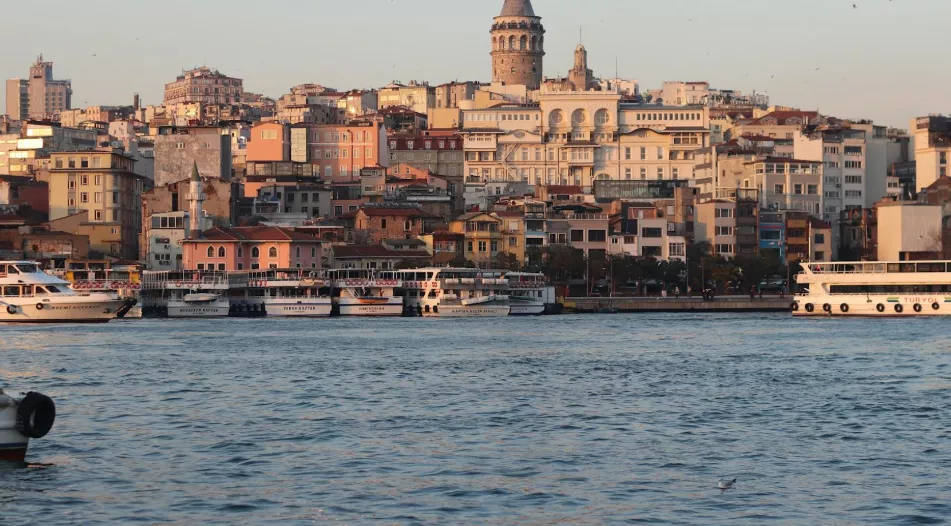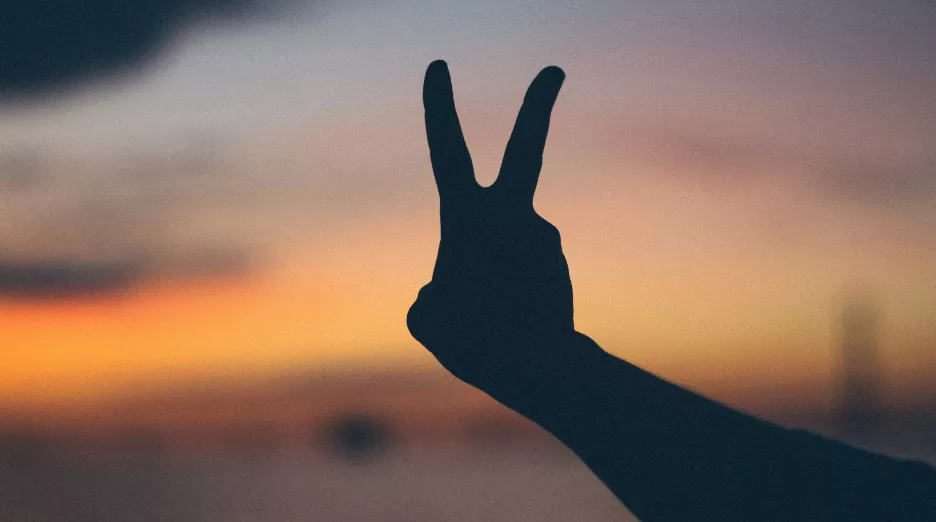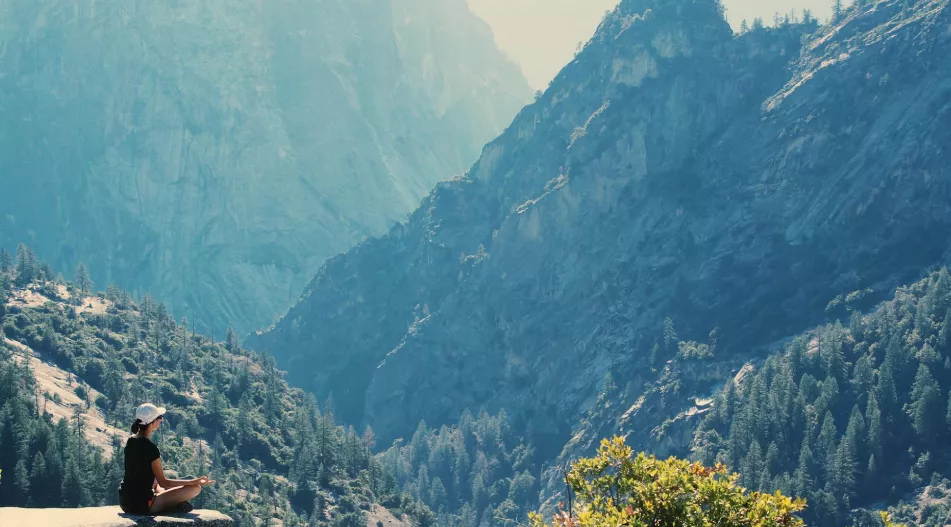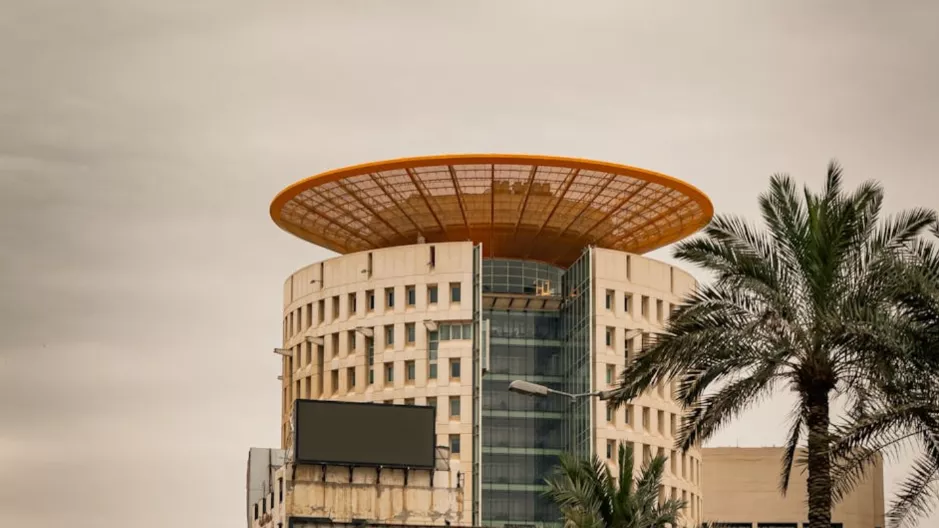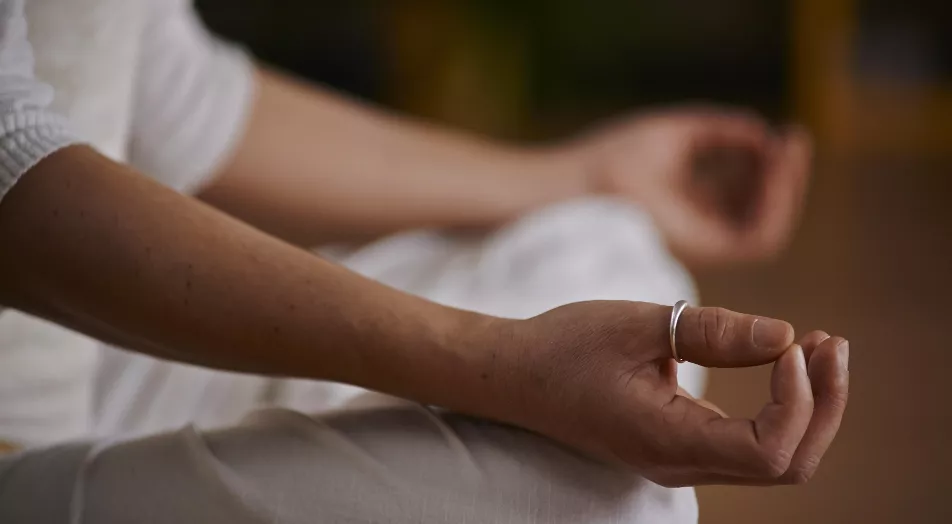Peru is rich in culture, history, and breathtaking scenery. There is so much more to discover, even though many tourists are aware of the famous Machu Picchu. Every area provides a different window into Peru’s rich history, from the tranquil waters of Lake Titicaca to the colonial charm of Arequipa. This article highlights the variety of experiences that await every traveler as it takes you on a tour of some of Peru’s top tourist destinations.
Everything You Need to Know
- Machu Picchu is a must-visit for its historical significance and breathtaking views.
- Arequipa, known as the ‘White City,’ offers rich culinary experiences and beautiful colonial architecture.
- Lake Titicaca is unique for its floating islands and vibrant local culture.
- Adventurous treks like the Salkantay and Choquequirao offer stunning landscapes and a deeper connection to Inca history.
- Cusco and the Sacred Valley provide a mix of history, culture, and natural beauty, making them essential stops on your journey.
Exploring Machu Picchu’s Timeless Beauty
Machu Picchu! The name alone evokes visions of ancient mysteries and mountains shrouded in mist. It’s more than just a tourist destination; it’s an opportunity to travel back in time, experience the Incas’ way of life, and take in their amazing inventiveness. When I first saw it, I recall how amazing it was. You have to see it to believe the place’s enormity, situated high in the Andes
The Significance of Machu Picchu
Machu Picchu, often called the “Lost City of the Incas,” holds a special place in history. Its true purpose remains a topic of debate, with theories ranging from a royal estate to a religious center. What’s not up for debate is its importance as a testament to Inca civilization. It’s a place where you can almost feel the presence of the past, imagining what life was like centuries ago. The Machu Picchu site features various areas that were essential during their civilization.
Architectural Marvels of the Inca
Machu Picchu’s stonework is astounding. Because of their exceptional engineering skills, the Incas were able to fit enormous stones together so precisely that a knife blade couldn’t pass through them. They constructed temples, sanctuaries, homes, and baths. It’s also incredible how they incorporated the buildings into the surrounding environment. It demonstrates their proficiency and awareness of the surroundings.
Experiencing the Inca Trail
The traditional route to Machu Picchu is the Inca Trail, which is an adventure in and of itself. Trekking through cloud forests and over high passes, it’s a multi-day adventure through breathtaking mountain scenery. Arriving at Machu Picchu after days of trekking is an amazing reward, but the hike is not easy. You can observe how the [ancient Inca road network] used to link towns and facilitate travel between ancient Inca cities like Machu Picchu.
More than just a physical test, hiking the Inca Trail offers an opportunity to learn about the Inca people’s history and culture. Along the way, you’ll see historic ruins, discover their customs, and take in the Andes’ natural beauty. It’s a journey to remember.
Here are some things to keep in mind if you’re planning to hike the Inca Trail:
- Book well in advance, as permits are required and sell out quickly.
- Be prepared for all types of weather, as conditions in the mountains can change rapidly.
- Hire a reputable tour operator to ensure a safe and enjoyable experience.
Cultural Richness of Arequipa
Arequipa, often called the “White City,” is a treasure trove of Peruvian culture. Its unique blend of indigenous traditions and colonial influences makes it a must-see destination. The city’s architecture, cuisine, and local crafts all tell a story of a vibrant and resilient people. I found myself completely charmed by Arequipa’s unique character.
Historical Landmarks in Arequipa
Arequipa’s historical center is a UNESCO World Heritage site, and it’s easy to see why. The city is filled with stunning colonial buildings made from sillar, a white volcanic stone. The Plaza de Armas is a great place to start, surrounded by beautiful architecture and the iconic Misti volcano in the background. Don’t miss the Santa Catalina Monastery, a city within a city that offers a glimpse into the lives of cloistered nuns. Arequipa’s culture is truly captivating.
Culinary Delights of the White City
Arequipa is a foodie’s paradise! The local cuisine is known for its bold flavors and unique ingredients. Be sure to try rocoto relleno, stuffed spicy peppers, a local favorite. And for dessert, queso helado, a frozen cheese dessert, is a must-try. Here are some other culinary experiences:
- Adobo Arequipeño: A slow-cooked pork stew marinated in vinegar and spices.
- Ocopa: Potatoes covered in a creamy sauce made from peanuts, aji peppers, and huacatay.
- Chupe de Camarones: A hearty shrimp soup with rice, vegetables, and milk.
Arequipa’s culinary scene is a reflection of its history and culture. The use of local ingredients and traditional cooking methods creates a unique and unforgettable dining experience.
Artisan Crafts and Local Markets
If you’re looking for souvenirs or just want to experience local culture, Arequipa’s markets are the place to be. You’ll find everything from alpaca textiles to pottery and leather goods. The artisans are often happy to share their techniques and stories, making it a truly immersive experience. Here’s a quick guide to navigating the markets:
- Regateo (Bargaining): It’s common to bargain for a better price, especially in the larger markets.
- Cash is King: Most vendors prefer cash, so be sure to have some soles on hand.
- Explore Different Markets: Each market has its own unique character and specialties, so take your time and explore.
The Enchantment of Lake Titicaca
Lake Titicaca, sitting high up in the Andes, is more than just a pretty sight. It’s a place filled with history and culture. At over 12,000 feet, it’s the world’s highest navigable lake, and it’s considered sacred by many local people. It’s a sensory experience, that’s for sure. The air is crisp, the views are amazing, and you can really feel the history all around you. It’s a must-see if you’re in Peru, offering a unique look into the lives of the people who call this area home. The lake’s sheer size is impressive, stretching across the border between Peru and Bolivia.
Traditional Life on the Floating Islands
One of the coolest things about Lake Titicaca is the Uros floating islands. These islands are made entirely of totora reeds, and people actually live on them! It’s wild to see how they build their homes and boats out of the same material. You can visit these islands and learn about their way of life, which has been passed down for generations. It’s a really unique experience to see how they maintain their culture and traditions in such a unique environment. It’s a bit touristy, sure, but still worth seeing. The floating islands of Peru are a testament to human ingenuity.
Cultural Heritage of Taquile Island
Taquile Island is another gem on Lake Titicaca. Unlike the floating islands, Taquile is a real island with a rich cultural heritage. The people here are known for their amazing textiles, and the knitting is done by men! They have a strong sense of community, and their traditions are still very much alive. You can hike around the island, enjoy the views, and learn about their unique way of life. It’s a great place to buy some handmade souvenirs and support the local economy. The island offers stunning views of the surrounding landscape.
Sustainable Practices of Local Communities
It’s inspiring to see how the communities around Lake Titicaca are working to preserve their environment. They understand the importance of sustainability, and they’re implementing practices to protect the lake and its resources. From traditional farming methods to ecotourism initiatives, they’re finding ways to balance their needs with the needs of the environment. It’s a reminder that we can all learn from their example and strive to live more sustainably. They are working hard to maintain the ancient lake for future generations.
The local communities are actively involved in preserving their cultural heritage and promoting sustainable tourism. They are aware of the impact of tourism and are working to minimize its negative effects while maximizing its benefits for the local economy.
Here’s a quick look at some sustainable practices:
- Using traditional farming techniques
- Promoting eco-tourism
- Managing waste responsibly
Adventurous Treks Beyond the Ordinary
Peru isn’t just about the famous spots; it’s also a hiker’s dream. If you’re up for something more challenging than the usual tourist trails, you’re in for a treat. There are some seriously amazing treks that take you way off the beaten path. Forget the crowds and get ready for some real adventure.
The Salkantay Trek Experience
The Salkantay Trek is often called an alternative to the Inca Trail, and honestly, it’s fantastic. It’s known for its stunning mountain views and diverse landscapes. You’ll go from high alpine passes to lush cloud forests, which is pretty cool. It’s a bit tougher than the Inca Trail, so be prepared for some steep climbs. I remember one section where I thought my legs would give out, but the views from the top were worth every step. Plus, you get to see Humantay Lake, which is this unreal turquoise color. Seriously, bring your camera.
Discovering Choquequirao Ruins
Choquequirao is sometimes called Machu Picchu’s ‘sister city,’ and it’s way less crowded. Getting there involves a tough trek, but that’s part of the appeal. It’s mostly uphill and downhill, so your knees will get a workout. The ruins themselves are impressive, and the setting is just breathtaking. You really feel like you’re discovering something special. I’d recommend hiring a guide because they can point out things you’d probably miss on your own.
Vinicunca Rainbow Mountain
Okay, Rainbow Mountain (Vinicunca) is pretty popular now, but it’s still an adventure. The altitude is no joke—you’re hiking above 16,000 feet, so take it slow. The colors of the mountain are caused by different minerals, and it’s a sight to see. It’s a tough hike, but most people can do it if they’re reasonably fit and take their time. Just be prepared for the cold and maybe bring some coca leaves to help with the altitude.
I think the best part about these treks is that you really get a sense of Peru’s natural beauty and its history. It’s not just about ticking off a list of sights; it’s about the experience of being out there in the mountains, pushing yourself, and seeing things that most tourists never get to see.
Immersive Experiences in Cusco
Cusco! It’s more than just a city; it’s like stepping back in time. You can feel the history in the air, see it in the stones, and taste it in the food. I spent a week there last year, and it was seriously amazing. It’s not just about seeing the sights; it’s about experiencing them.
Historical Significance of Cusco
Cusco was the heart of the Inca Empire, and you can still see that everywhere. The city’s layout, some of the buildings, and even the way people live are all influenced by its Incan past. Walking around, you’ll stumble upon ancient walls, temples, and plazas that have been around for centuries. It’s pretty mind-blowing to think about what life was like back then.
Vibrant Markets and Local Culture
The markets in Cusco are a total sensory overload—in the best way possible. You’ve got colorful textiles, weird fruits you’ve never seen before, and the constant buzz of people bargaining and chatting. San Pedro Market is a must-see. You can grab a cheap and delicious meal, buy souvenirs, or just wander around and soak it all in. Don’t be afraid to try new things and talk to the locals; they’re usually happy to share their stories.
Here’s a quick list of things you can find at the markets:
- Handmade textiles
- Fresh produce
- Local crafts
- Traditional medicines
Cusco’s Architectural Wonders
It’s fascinating to observe how Cusco’s architecture combines Spanish colonial and Incan design elements. You frequently see these enormous stone walls with more contemporary structures on top because the Spanish built on top of Incan foundations. An excellent illustration of this is the Temple of the Sun, Qorikancha. Before the Spanish took it all away, it was covered in gold. Even so, the amazing stonework is visible, and you can only imagine how magnificent it must have been.
The way the past and present are so entwined in Cusco is one aspect that truly caught my attention. You’re surrounded by people who are continuing customs that have been passed down through the generations as you stroll down a street that has existed for hundreds of years. It’s a truly unique location.
The Sacred Valley: A Journey Through Time
More than just a picturesque location, the Sacred Valley—also called the Urubamba Valley—is a living history book carved into the Andean landscape. The heartland of the Inca Empire, this fertile valley was situated between Cusco and Machu Picchu. I recall thinking, “Okay, another valley,” after reading about it, but experiencing it firsthand is a completely different matter. With ruins whispering tales of a civilization that mastered architecture and agriculture in ways that still astound us today, it’s like traveling back in time.
Exploring Ancient Incan Sites
The Sacred Valley is dotted with incredible Incan sites, each with its own unique story. Pisac, with its sprawling ruins perched high above the valley, offers panoramic views and insights into ancient rituals. Then there’s Ollantaytambo, a massive fortress and temple complex that showcases the Incas’ impressive engineering skills. These sites aren’t just piles of rocks; they’re testaments to a sophisticated society.
Local Communities and Their Traditions
What makes the Sacred Valley truly special is the vibrant culture of the local communities. These communities have managed to preserve many of their ancestral traditions. Visiting local markets, like the one in Chinchero, is a great way to experience this firsthand. You can find beautiful textiles and handmade crafts and learn about the traditional weaving techniques that have been passed down through generations. It’s a chance to connect with the people and learn about their way of life. You can even find guided tours of Peru that focus on cultural immersion.
Natural Beauty of the Sacred Valley
Beyond the culture and the ruins, the Sacred Valley is breathtaking. Towering mountains encircle the valley, and the Urubamba River winds through the terrain, producing an incredibly beautiful scene. Because of its temperate climate, it is ideal for year-round exploration. The Sacred Valley’s breathtaking natural beauty will astound you whether you’re hiking through the mountains or just lounging by the river.
History, culture, and nature all converge in the Sacred Valley in a way that is genuinely remarkable. It provides a window into the fascinating world of the Incas and the lively culture of the local communities, making it a must-visit location for anyone visiting Peru.
Here are some things you can do in the Sacred Valley:
- Visit the salt mines of Maras.
- Explore the Moray agricultural terraces.
- Take a train to Machu Picchu from Ollantaytambo.
Unveiling Peru’s Lesser-Known Gems
Beyond the famous sites like Machu Picchu, Peru holds a wealth of hidden treasures waiting to be discovered. These destinations offer a unique glimpse into the country’s diverse landscapes and rich history, often untouched by mass tourism. It’s like stepping into a different world, one where the spirit of adventure truly comes alive.
Hidden Treasures of Huaraz
Huaraz is the place to be if you’re into mountains. It’s the hiking capital of Peru, offering access to the Cordillera Blanca, a mountain range with snow-capped peaks and turquoise lakes. You can find trails for all levels, from easy day hikes to challenging multi-day treks. The Santa Cruz trek is a popular option, but there are many other less crowded routes to explore.
The Mystique of Chavin
Chavin de Huantar is an archeological site that predates the Inca civilization. It was a major religious and cultural center between 1500 and 500 BC. The site features impressive stone structures, underground tunnels, and intricate carvings. It’s a fascinating place to learn about the ancient cultures that thrived in Peru long before the Incas.
Exploring the Amazon Rainforest
While the Amazon rainforest stretches across several countries, the Peruvian Amazon offers a unique and biodiverse experience. You can take a boat trip down the Amazon River, visit local communities, and spot wildlife like monkeys, sloths, and colorful birds. It’s an adventure that will immerse you in the natural beauty of the rainforest.
Exploring these lesser-known gems provides a deeper understanding of Peru’s cultural and natural diversity. It’s an opportunity to step off the beaten path and create unforgettable memories.
Final Thoughts on Exploring Peru
Ultimately, Peru is a cultural and historical treasure trove that is just waiting to be discovered. Every region of this nation has a story to tell, from the breathtaking heights of Machu Picchu to the energetic streets of Arequipa. You can experience long-standing customs, meet amiable locals, and savor the delectable flavors of the region’s cuisine. There is something for everyone, whether you are exploring vibrant markets or trekking the Inca Trail. Peru should therefore be at the top of your list if you’re searching for an adventure that blends stunning landscapes with profound cultural experiences. You won’t regret it, I promise. et it.
Frequently Asked Questions
What is the best time to visit Peru?
The best time to visit Peru is during the dry season, which runs from May to September. This is when the weather is most pleasant for exploring.
Is it safe to travel in Peru?
Yes, Peru is generally safe for travelers. Just like in any country, it’s important to stay aware of your surroundings and take common safety precautions.
What should I pack for a trip to Peru?
Pack comfortable walking shoes, lightweight clothing, a warm jacket for cooler evenings, and sunscreen. Don’t forget your camera to capture the beautiful sights!
How do I get to Machu Picchu?
You can reach Machu Picchu by taking a train from Cusco or by hiking the Inca Trail, which is a popular trekking route.
What is the local currency in Peru?
The currency in Peru is the Peruvian sol. Make sure to exchange some money before your trip for local purchases.
Are there any cultural customs I should know about?
Yes, it’s polite to greet people with a handshake and to say ‘gracias’ (thank you) often. Respecting local traditions is very important.
Everything you need—flights, hotels, car rentals, bike rentals, taxis, and eSIMs for travelers—book it all with Voyage Magnets.

